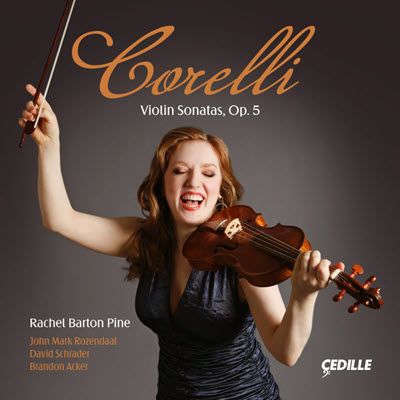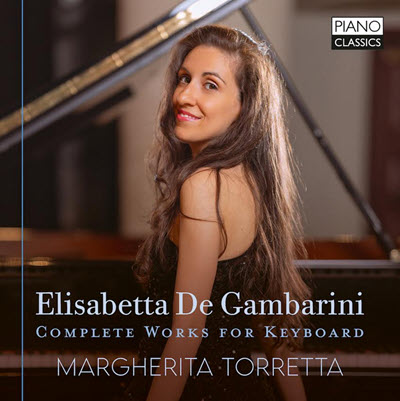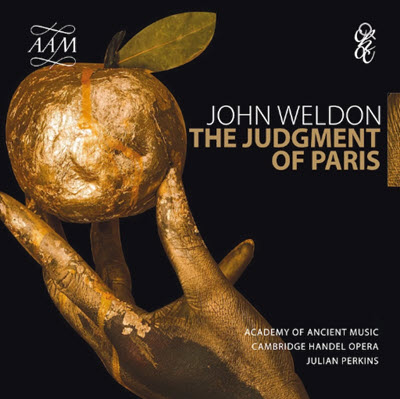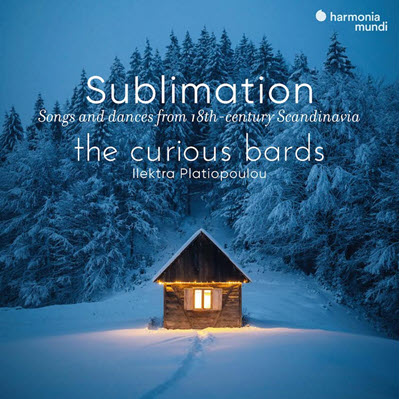by Ken Meltzer
Published January 1, 2025
Corelli: Violin Sonatas, Op. 5. Rachel Barton Pine, violin; Brandon Acker, theorbo and plucked strings; John Mark Rozendaal, cello and viola da gamba; David Schrader, keyboards. Cedille Records CDR 90000 232
In a booklet essay for her new period-instrument survey of Arcangelo Corelli’s 12 Violin Sonatas, Op. 5, Rachel Barton Pine recounts her lifelong admiration for the Italian composer-violinist’s music. Pine’s association with Corelli (1653-1713) began with “my childhood violin touring group” performing his “Christmas Concerto.” Pine takes pride in her pedagogical lineage, stretching back three centuries: “from my beloved teacher Almita Vamos to her teacher Louis Persinger to Ysaÿe to Vieuxtemps to Bériot to Viotti to Pugnani to Somis to Corelli. This family tree is a humbling reminder of my own place in the continuing history of the violin, and of my duty to continue passing along these traditions to future generations of young artists.”

In this Cedille two-disc release, Pine and colleagues John Mark Rozendaal, David Schrader, and Brandon Acker offer an imaginative, thought-provoking, and highly rewarding traversal of one of the cornerstones of Baroque violin repertoire. This fine recording has been mentioned on several best-of lists for 2024.
There are several factors that reflect the musicians’ keen sense of exploration. Pine acknowledges that she decided to play the Op. 5 Sonatas while holding the violin against her chest, rather than the collarbone. Pine cites Christopher Riedo’s 2014 article, “How Might Arcangelo Corelli Have Played the Violin?,” published in Music in Art, as support for her choice. Pine observes that holding the violin against the chest “created a noticeably different sound. Longtime fans of our group noticed the change in tone right away.” As illustration of the difference, Pine invites the reader to compare the new recording of the Corelli Op. 5, No. 3 Sonata, with her Trio Setticento’s 2007 version, included on the Cedille release titled An Italian Sojourn. Both the recording venue and the violin that Pine plays are identical for the 2007 and 2024 sessions. But the violin tone on the newer version has noticeably greater weight, focus, and penetrating sonority.
The new Cedille release also offers a dazzling array of instruments in the bass. At various times, John Mark Rozendaal plays the Baroque cello and viola da gamba, David Schrader performs on the positive organ and harpsichord, and Brandon Acker contributes numerous plucked instruments (archlute, theorbo, guitar). All told, the recording presents 24 combinations of bass instruments, ranging in number from two to four. As Rozendaal explains in his liner note: “We then chose different combinations for each movement based upon what seemed to best suit Corelli’s writing in each case.” For example, the old 2007 recording of Corelli’s Sonata Op. 5, No. 3 combines throughout Pine (violin), Rozendaal (cello), and Schrader (harpsichord). The new recording of the same work employs three different bass line combinations for the five movements. Throughout this survey, not only does the bass complement vary, so do the musicians’ creative explorations of the various instruments’ ranges of techniques and colors.
Speaking of varied instrumentation, Pine performs the iconic “Follia” Variations, Op. 5, No. 12, not on her 1770 Nicola Gagliano violin, but on her “original-condition Gagliano viola d’amore made from the same tree…” It’s a stirring rendition, enhanced by a rich bass line complement of cello, theorbo, harpsichord/positive organ.
Pine also departs from her standard recording practice with regard to ornamentation. When preparing to play a work, Pine crafts a historically informed series of ornaments. “Eventually, I was fluent enough in the language to comfortably extemporize these embellishments during live performances. I always pre-planned my extra notes for recordings, however, believing that edits made for tone quality, intonation, or ensemble might be overly complicated if I played different notes on different takes.” For the new Corelli set, Pine, with the encouragement of her daughter (a composition student), “let spontaneous inspiration flow…it was rather magical (and also quite exhausting) not to know exactly which notes I was going to play until they were appearing!” Pine’s refined and elegant ornamentation for the Corelli Sonatas is a decided asset.
The performances are superbly executed by all concerned, with the utmost affinity for the striking contrasts and breadth of expression Corelli invests in these works. There are both virtuoso fireworks and songful lyricism aplenty. And the various enhancements the musicians lavish upon the printed score adds immeasurably to the experience. As both Pine and Rozendaal emphasize in their words, this recording is but one of a myriad of potential realizations of the Corelli masterpiece. Theirs is a joyous and most convincing realization, one that commands attention.
Ken Meltzer was program annotator for the Pittsburgh and Atlanta Symphony Orchestras. He currently authors program notes for several U.S. orchestras, and reviews recording for various publications. For EMA, he recently reviewed the Butter Quartet in early Italian string quartets.




